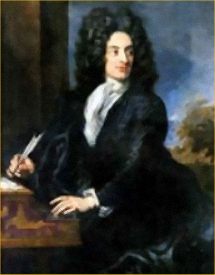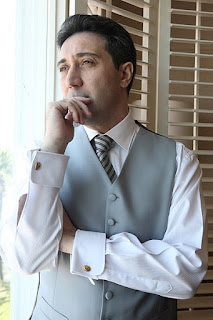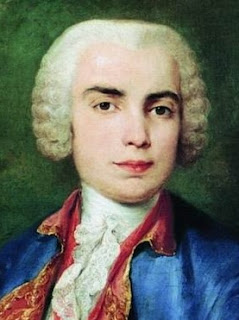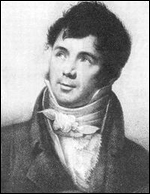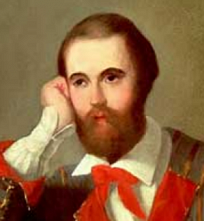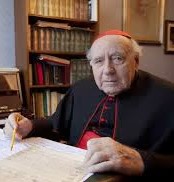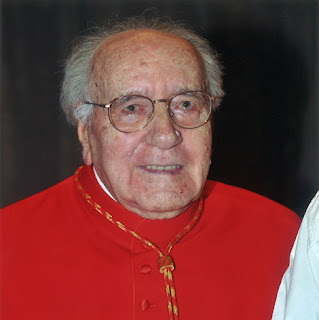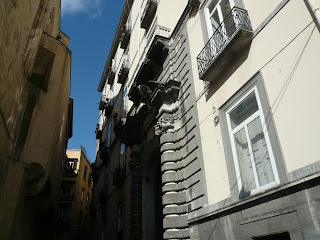Brilliant musician wrote the melody for the Marseillaise
 |
| Giovanni Battista Viotti spent much of his career in Paris and London |
Among Viotti’s many compositions for the violin, string quartets and the piano, his violin concerto No. 22 in A Minor became particularly well known.
He is also credited with having composed the original music of La Marseillaise, the national anthem of France, 11 years before it was officially published by another composer.
Viotti’s musical talent was spotted early and he was taken into the household of Principe Alfonso dal Pozzo della Cisterna in Turin, where he received a musical education.
This prepared him to become a pupil of the virtuoso violinist and composer Gaetano Pugnani, while still a teenager, funded by the prince.
Viotti served at the Savoy court in Turin from 1773 to 1780, before travelling with Pugnani in Germany, Poland and Russia.
He went to France alone, where he made his debut as a violinist in 1782 in Paris. He was an instant sensation and became court musician to Marie-Antoinette at Versailles.
Viotti established himself in France as a teacher and an opera impresario. He founded a new opera house, the Theatre de Monsieur, under the patronage of Louis-Stanislas-Xavier, comte de Provence, the King’s brother, whose title at court was ‘Monsieur’. Viotti put on the operas written by his friend, Luigi Cherubini, who he had introduced into French society.
 |
| Luigi Cherubini was a friend of Viotti, who introduced him to French society |
He became a big success as a solo violinist, manager of Italian opera and an orchestra leader and director. He was invited to perform in the houses of London’s elite, including the Prince of Wales.
When Britain went to war with France, Viotti came under suspicion of having Jacobin sympathies and was ordered to leave the country. He moved to Germany for three years, but returned to London to resume his wine business in 1801 and continued to perform and to compose music.
When his wine business failed, he went back to Paris, where he was director of the Italian opera from 1819 to 1822. He then returned to London, where he died in 1824 at the age of 68.
Viotti is considered to be the founding father of the 19th century French violin school. Some of the people he taught had an influence on future virtuoso violinists, including Niccolò Paganini.
Viotti had owned a violin made by Antonio Stradivari and had commissioned at least one replica, which was bought by the Royal Academy of Music in 2005. The instrument is meant to be heard as well as seen and is played sparingly at occasional events.
His violin concertos are said to have been an influence on Ludwig van Beethoven.
Recent research has suggested that one of his compositions has a very strong resemblance to the music for the French hymn, La Marseillaise, which was published 11 years later.
Viotti is remembered every year at the Viotti International Music Competition and the Viotti Festival held near his birthplace in the province of Vercelli.
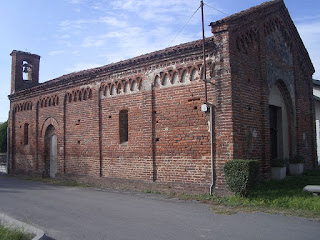 |
| The Oratory of San Sebastian, built in the 11th century, is a feature of the small town of Fontanetto Po |
Fontanetto Po, where Giovanni Battista Viotti was born, is in the province of Vercelli in the region of Piedmont, about 40 kilometres (25 miles) northeast of Turin and about 20 kilometres (12 miles) southwest of Vercelli. One of the main sights is the Oratory of Saint Sebastian, which was built in the 11th century and refurbished in the 15th century and still has some mid 15th century frescoes inside.
Vercelli is a city in Piedmont situated between Milan and Turin. It is one of the oldest towns in northern Italy, founded in around 600 BC. Vercelli had the world’s first university funded by public money, which was established in 1228 and was the seventh university in Italy, but it closed in 1372. The city has an amphitheatre from the Roman period and seven towers. The main local dish is called panissa and is made from risotto rice and beans, with pork and red wine.
Also on this day:






